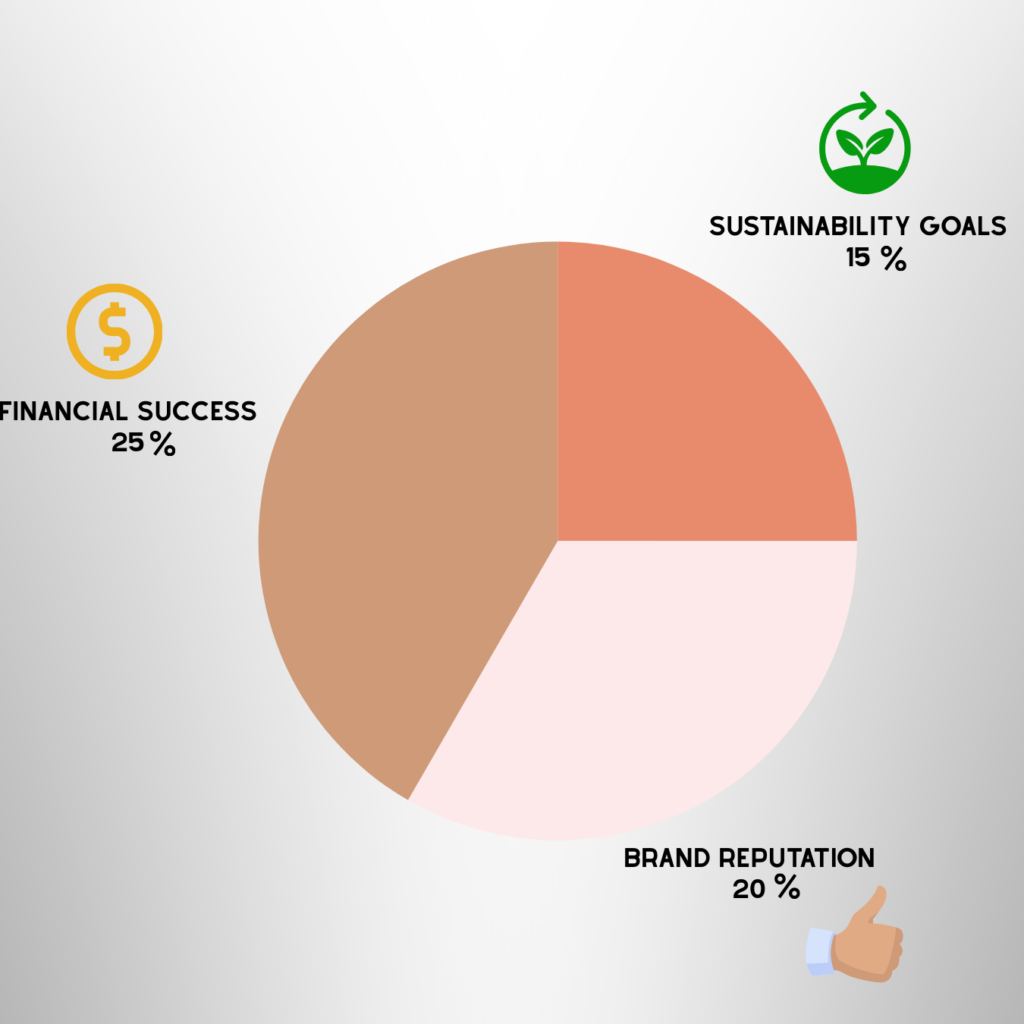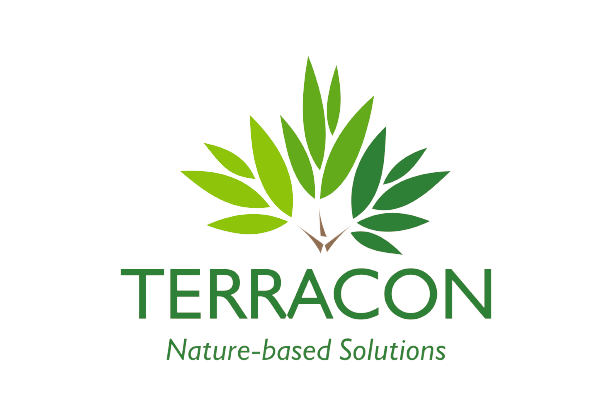As the world grapples with the challenges of climate change, environmental degradation, and sustainable development, it is imperative for businesses to take a proactive role in protecting the environment. In India, where rapid industrialization and urbanization are putting immense pressure on natural resources, the need for environmental conservation is more pressing than ever. Learn more about climage changes.

India is home to 18% of the world’s population, but only 2.4% of the world’s land area, making it one of the most environmentally stressed countries in the world.
An Environmental Management Plan (EMP) is a critical component of a project’s environmental sustainability strategy. It outlines the measures to be taken to mitigate the adverse environmental impacts of a project during its construction, operation, and decommissioning phases. An EMP provides a framework for managing and minimizing the environmental effects of a project, ensuring that it is designed and implemented in a way that minimizes harm to the environment and promotes sustainable development. learn more about importance of Ecosystem .
However, Environmental Management Plan often face challenges that can hinder their effectiveness. These challenges include poor planning, failure to engage with local communities and stakeholders, and inadequate resources and budget allocation. If not addressed, these challenges can lead to environmental problems such as pollution, health risks, and financial losses, as well as project delays and reputational damage.
To overcome these challenges, it is essential to develop Environmental Management Plan ( EMP) with a comprehensive approach that integrates environmental considerations into project planning and decision-making. This approach should involve engaging with local communities and stakeholders to understand their concerns and needs, as well as allocating sufficient resources and budget to implement environmental management measures. By adopting this approach, EMPs can ensure that projects are designed and implemented in a way that minimizes harm to the environment and promotes sustainable development.
A crucial components of an EMP is the integration of Environmental Impact Assessment (EIA) and Social Impact Assessment (SIA) to ensure a holistic approach to sustainability. In fact, a study by the International Association of Impact Assessment found that EMPs that integrate EIA and SIA are 25% more effective in reducing environmental impacts and 30% more effective in improving social outcomes
Environmental Impact Assessment (EIA): Identifying Environmental Risk: An EIA is a systematic process that identifies, predicts, and evaluates the potential environmental impacts of a project. It provides a comprehensive understanding of the project’s effects on the environment, including air and water quality, noise pollution, and biodiversity. By conducting an EIA, project developers can identify potential environmental risks and develop strategies to mitigate them. For instance, a wind farm project in a coastal area may conduct an EIA to assess the potential impacts on marine life and habitats. The assessment may reveal that the project could disrupt the migratory patterns of an endangered species. Based on this finding, the project developer can implement measures to minimize the impact, such as adjusting the turbine placement or implementing a habitat restoration program. According to the World Bank, EIAs have been instrumental in reducing environmental costs by up to 50% and increasing project benefits by up to 20%.
EIAs have been instrumental in reducing environmental costs by up to 50% and increasing project benefits by up to 20%.

Social Impact Assessment (SIA): Understanding Community Concerns: An SIA is a process that identifies and assesses the potential social impacts of a project on local communities, including displacement, livelihood changes, and cultural heritage. By conducting an SIA, project developers can understand community concerns and develop strategies to mitigate negative impacts and enhance positive ones. For example, a mining project in a rural area may conduct an SIA to assess the potential impacts on local communities. The assessment may reveal that the project could displace indigenous communities and affect their traditional way of life. Based on this finding, the project developer can implement measures to minimize the impact, such as providing alternative housing and livelihood opportunities. According to the International Finance Corporation, SIAs have been instrumental in improving the social performance of projects in over 80% of cases, and a study by the United Nations found that SIAs can reduce social conflicts by up to 40% and increase community benefits by up to 30%.
The world’s population is projected to reach 9.7 billion by 2050, putting immense pressure on natural resources.
By integrating EIA and SIA into an EMP, project developers can ensure a holistic approach to sustainability that considers both environmental and social impacts. This approach enables project developers to identify potential risks and opportunities, develop effective mitigation measures, and enhance the overall sustainability of the project. Get insights on how to mitigate environmental risks and maximize opportunities in project development
Studies have shown that companies that adopt a holistic approach to sustainability are more likely to achieve their sustainability goals and improve their brand reputation. For instance, a hydroelectric dam project may integrate EIA and SIA into its EMP to assess the potential environmental and social impacts of the project. By adopting a holistic approach to sustainability, project developers can ensure that their projects are environmentally and socially responsible, and contribute to the well-being of local communities and the environment.

In fact, companies that adopt a holistic approach to sustainability are 15% more likely to achieve their sustainability goals, 20% more likely to improve their brand reputation, and 25% more likely to achieve long-term financial success.
Conclusion
In conclusion, an Environmental Management Plan that integrates Environmental Impact Assessment and Social Impact Assessment is a critical tool for achieving sustainable development and minimizing environmental harm. By adopting a holistic approach to sustainability, businesses can ensure long-term financial success while contributing to the well-being of local communities and the environment. By integrating EIA and SIA into EMPs, project developers can ensure that their projects are environmentally and socially responsible, and contribute to the well-being of holistic approach and the environment.

Written by
Anjeeta Goud
Team Business Development and Strategy
Terracon Ecotech
Reference :
An Environmental Management Plan (EMP) is a critical component of a project's environmental sustainability strategy.
EIAs have been instrumental in reducing environmental costs by up to 50% and increasing project benefits by up to 20%
SIAs have been instrumental in improving the social performance of projects in over 80% of cases, and a study by the
United Nations found that SIAs can reduce social conflicts by up to 40% and increase community benefits by up to 30%.
The world's population is projected to reach 9.7 billion by 2050, putting immense pressure on natural resources.
holistic approach to sustainability are 15% more likely to achieve their sustainability goals
India is home to 18% of the world's population





